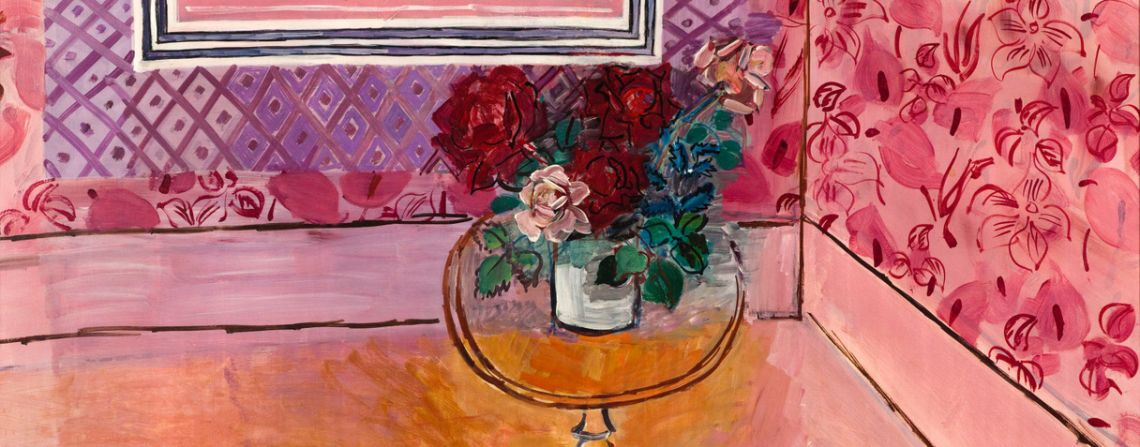until Monday January 26 2026
Musée de l'Orangerie
Jardin des Tuileries Place de la Concorde
75001 Paris
France
Contact
T : +33 01 44 50 43 00
https://www.musee-orangerie.fr
The exhibition, organised by the Grey Art Museum in New York, the Museum of Fine Arts in Montreal and the Musée de l’Orangerie in Paris, aims to highlight a still little-known chapter in the history of modern art. At the beginning of the century, Berthe Weill committed herself to supporting artists under the slogan “Place aux jeunes” (Make way for the young), which was printed on her business cards. From Picasso (whose works she helped sell even before her gallery opened) to Modigliani (whose only solo exhibition in his lifetime she organised in 1917), she took part in the recognition of fauvism, regularly presenting exhibitions of works by the group of Gustave Moreau’s pupils gathered around Matisse. A little later on, she engaged with the cubists and School of Paris artists in battles for art and the emergence of its news forms as well as against conservatism and xenophobia. Despite the vicissitudes of fortune, her interest in young artists never wavered and she was fierce in her defence of very different figures, some of whom did not belong to any specific movement, giving them a chance by organising one or more exhibitions. She also promoted a number of women artists, without bias to gender or school, from Émilie Charmy, whose work she exhibited regularly from 1905 to 1933 and whom she described as a “friend of a lifetime”, to Jacqueline Marval, Hermine David and Suzanne Valadon, who was much in the public eye at the time. By 1951, the year she died, she had presented over three hundred artists at her gallery’s four successive addresses: 25 Rue Victor-Massé; 50 Rue Taitbout from 1917; 46 Rue Laffitte from 1920 to 1934, and finally 27 Rue Saint-Dominique. She organised hundreds of exhibitions until her gallery finally closed in 1940.
The exhibition will introduce visitors to the dealer’s career and personality through her contribution to various events that have left their mark on art history. It will also trace the life of a gallery in the first half of the 20th century in its continuity and vicissitudes. Some hundred works, paintings, sculptures, drawings, prints and pieces of jewellery will evoke the exhibitions that Berthe Weill organised and the historical context in which they took place. As they once did in the B. Weill Gallery, works by Pablo Picasso, Henri Matisse, Diego Rivera and Amedeo Modigliani will rub shoulders with others by Emilie Charmy, Pierre Girieud, and Otto Freundlich, painting the portrait of a woman and her action.




